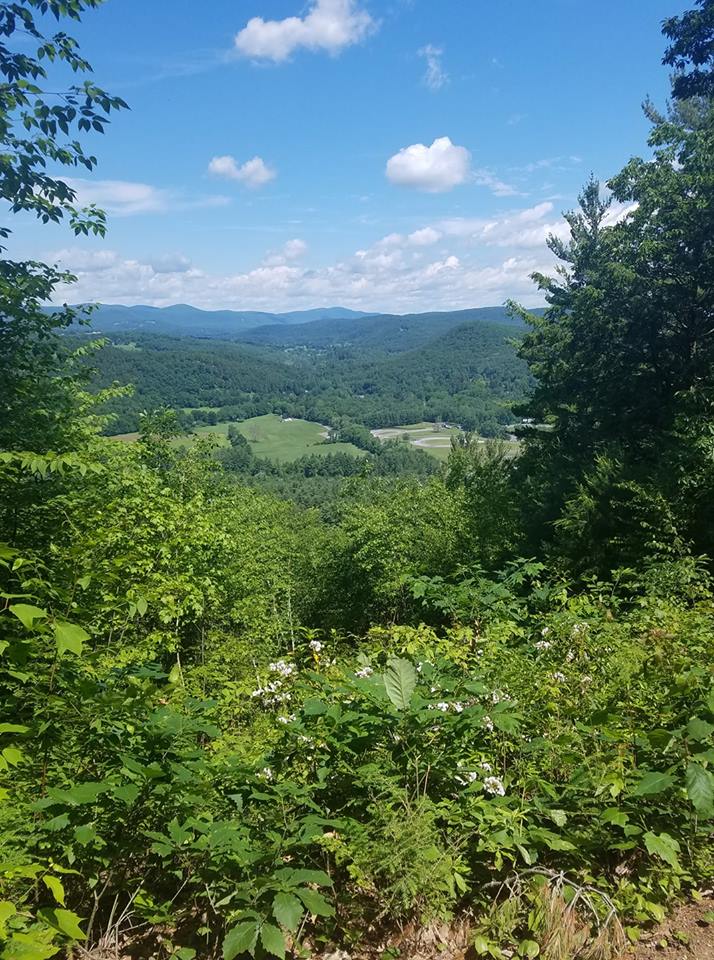This week, the US House of Representative’s Committee on Energy and Commerce Subcommittee discussed H.R. 806, known as the Ozone Standards Implementation Act of 2017. HR 806 was introduced on February 1, 2017 by Pete Olson, the Representative for Texas’s 22nd congressional district and cosponsored by Mr. Flores, Mr. Latta, Mr. Bishop of Georgia, Mr. McCarthy, Mr. Cuellar, Mr. Scalise, Mr. Costa, Mr. Cramer, Mr. Long, Mr. Jenkins of West Virginia, Mr. Burgess, Mr. Renacci, Mr. Hensarling, Mr. McKinley, Mr. Guthrie, Mr. Bucshon, Mr. Johnson of Ohio, Mr. Weber of Texas, and Mr. Babin.
According to the bill, the goal is “to facilitate efficient State implementation of ground-level ozone standards, and for other purposes.” One of the key changes is in the timeline for review the guidelines for all criteria air pollutants of the national ambient air quality standards. Currently, the standard must be reviewed every 5 years. This bill aims to change this to every 10 years. Another change which reflects the overall theme heard from EPA Administroator Pruitt is within the “plan submissions and requirements for ozone non attainment areas” section. The phrase “and economic feasibility” is proposed to be added. This parallel’s the new administration’s statements that they want to remove the burden on businesses to meet regulation standards.
The Senate is considering a bill in parallel that states the same changes. This is S. 263: Ozone Standards Implementation Act of 2017, introduced by Shelley Capito of West Virigina as well as Mr. Flake, Mr. Manchin, Mrs. Fischer, Mr. Cornyn, and Mr. Inhofe. Also introduced on February 1, the bill was considered by Clean Air and Nuclear Safety on May 23rd.
To learn more about the health effects of ozone, check out the US EPA’s ozone page or the Health Effects of Ozone published by the European Environment Agency. To follow these bills, you can request email alerts for either HR 806 or S263.

